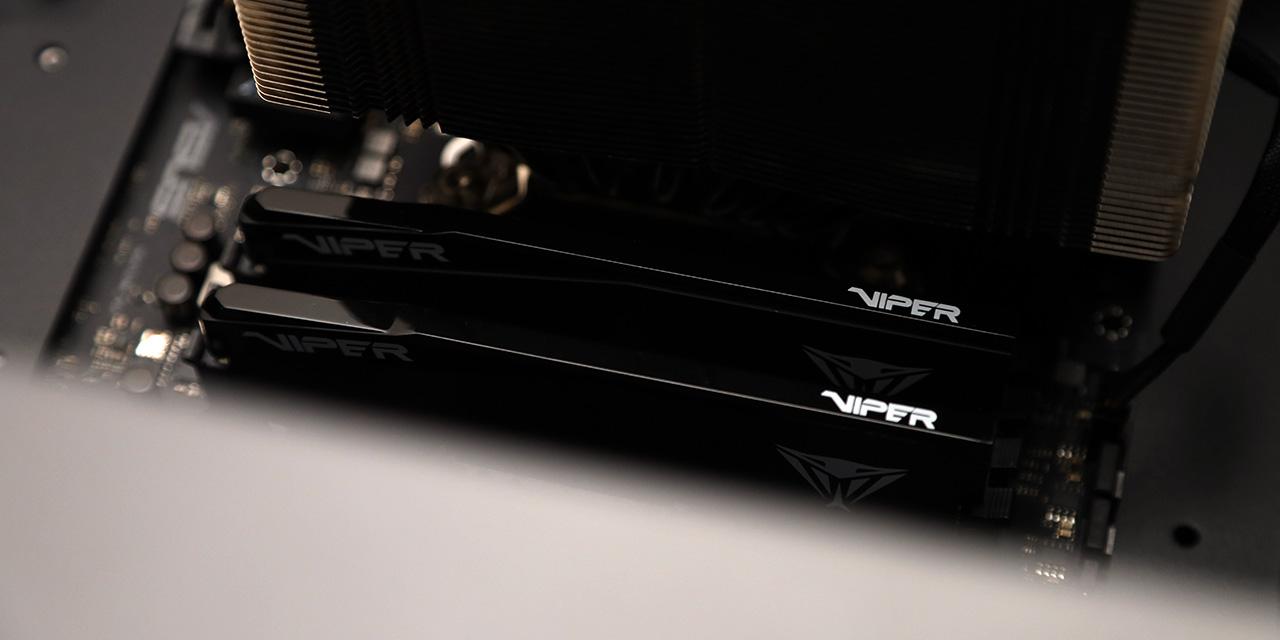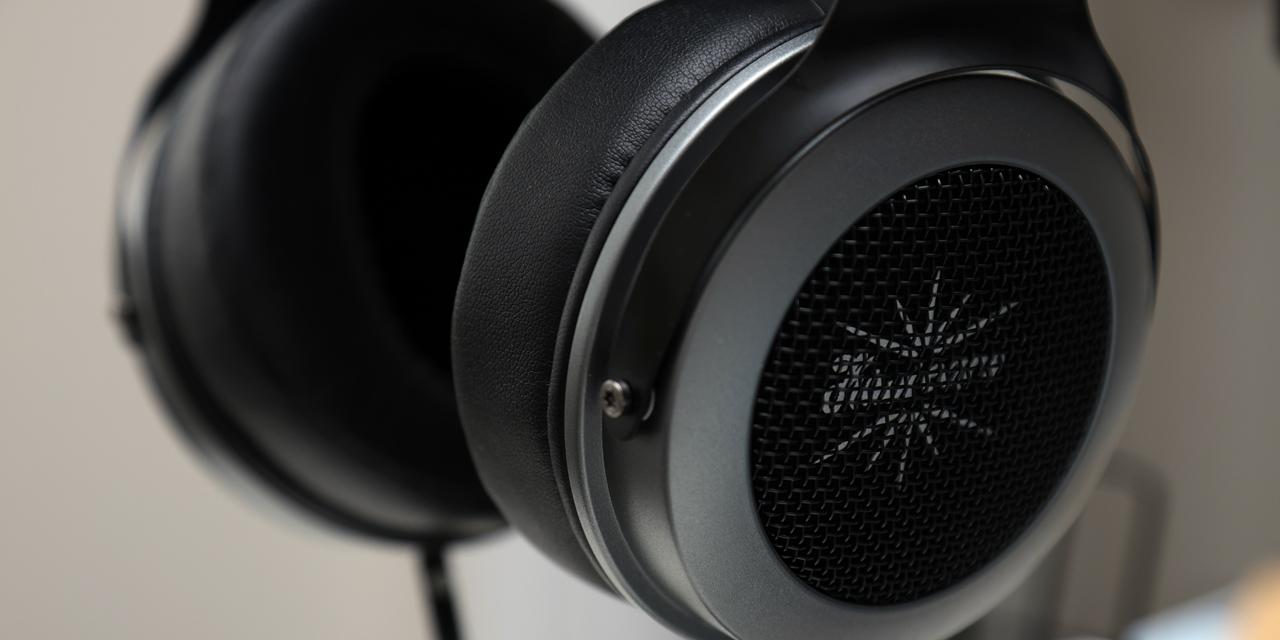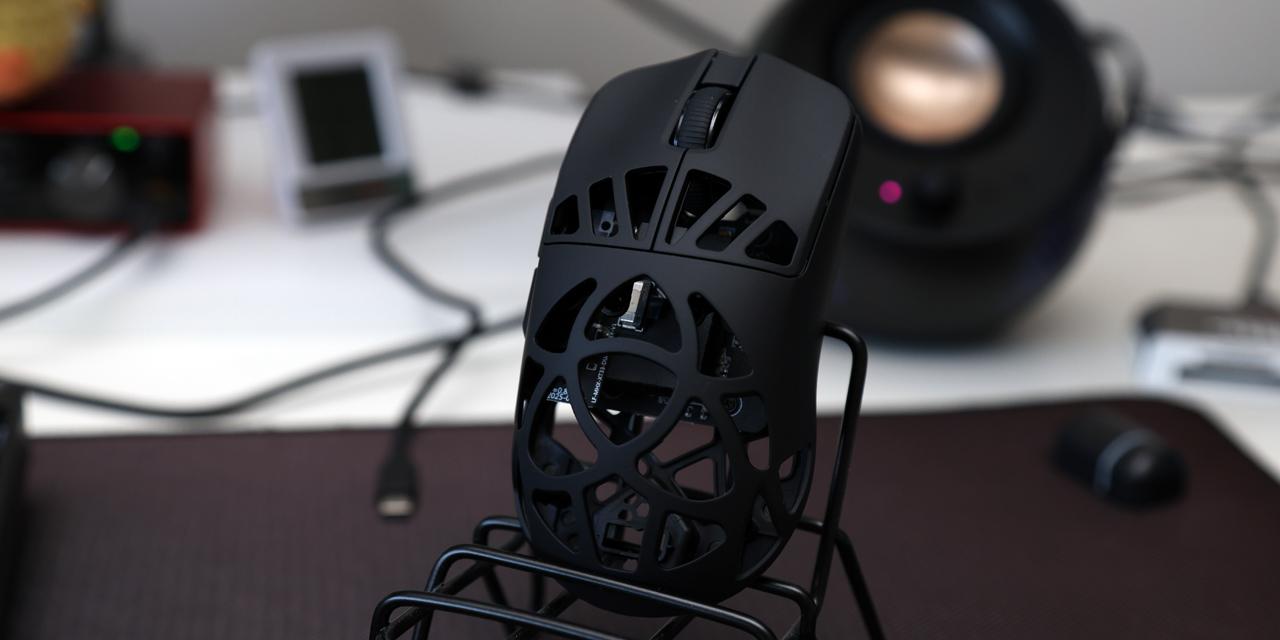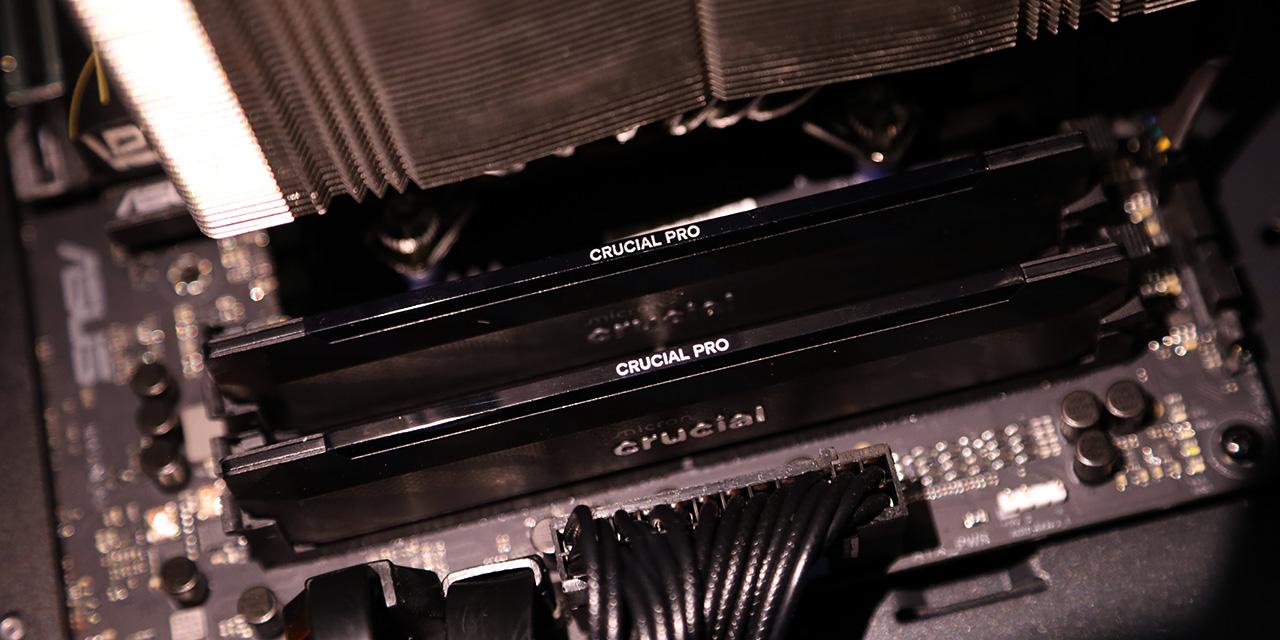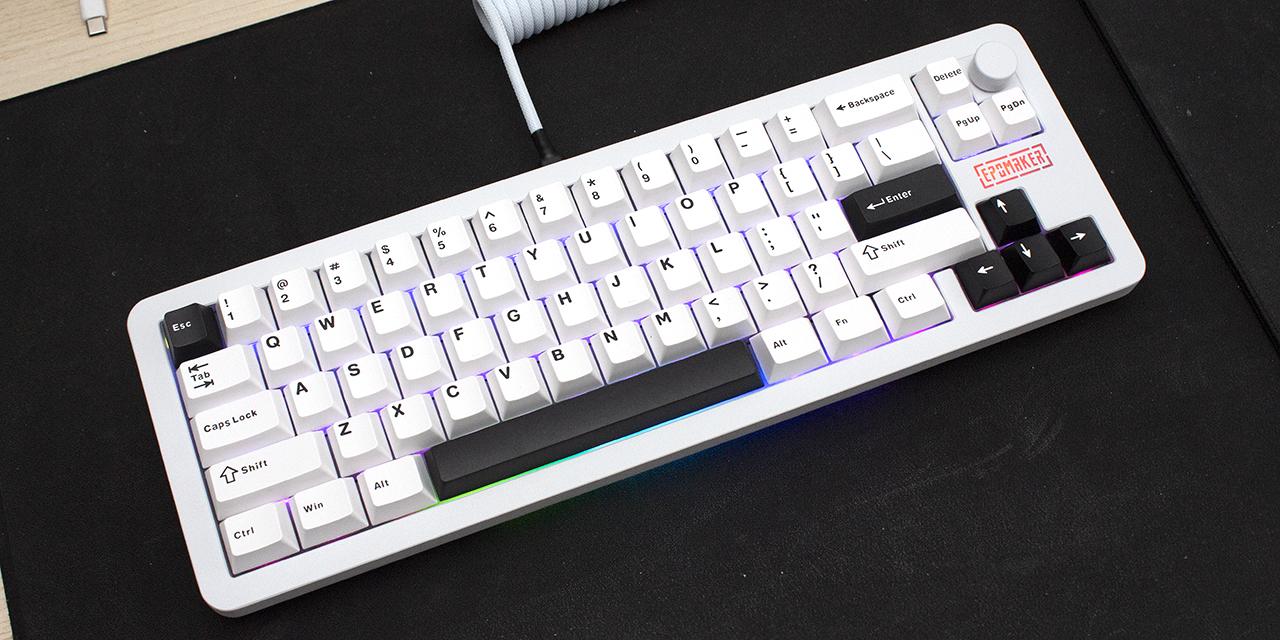Page 4 - A Closer Look - Configurations
Even with specifications provided by Corsair, it is hard to tell how a switch really feels without actually trying it, so I will do my best to explain. Corsair offers four different switches, including the MLX Plasma, Fusion, Quantum, and Pulse. Each of these switches are designed to be slightly different with a specific purpose. All of these switches come pre-lubed, making for a smoother experience. In terms of the makeup of each switch, the materials are not stated, but I will point out any subtle difference between each switch, as many characteristics seem similar across the board. For all sound tests, I am typing on the keyboard on top of a mouse pad and recording using a Blue Yeti microphone. For each sound test, the first recording will be using the polycarbonate plate, and the second recording will be using the FR4 plate.

Starting with the MLX Plasma switches, we have your run-of-the-mill linear switch. This switch has very generic switch specifications, having a standard 45g actuation force, 2.0mm actuation point, and 4.0mm travel. These are the same specifications as the Cherry MX Red. Below, you will find the sound test for the MLX Plasma switches.
In my testing, I found the MLX Plasma switches to produce a deep sound. I found using the polycarbonate plate, you are able to produce a deeper pitch compared to the FR4 plate, specifically when it comes to the space bar. When it comes to feel, this switch feels very standard, as you may expect. As this switch is designed to be a standard linear switch, the travel was smooth, and typing felt relatively normal and good.

Up next, we have the MLX Fusion switches, being the only tactile switch in the lineup. This switch has a surprisingly low actuation force of 40g, actuation point of 2.0mm, and total travel of 3.4mm. These specifications are quite interesting for a tactile switch, as typically the actuation force is higher, making the tactile bump feel more apparent. Additionally, the travel distance hints at a longer pole on the stem. Below, you will find the sound test of the MLX Fusion switches.
My testing reveals the sound of the MLX Fusion to be quite similar to the MLX Plasma switches, having a deep pitch across the board, but having a deeper pitch when it came to the space bar. In terms of feel, this switch feels decently nice, but I personally would prefer a higher actuation force, as the tactile bump, while noticeable, was less prevalent than I would have liked. This could also be achieved by having a bigger bump, but I did notice the space bar did struggle a bit to come back up due to the weaker spring and tactile bump. This switch was designed to be the standard tactile switch, and it did a decent job at that.

For anyone familiar with the Cherry MX Speed Silver line, we have a switch boasting similar specs in the form of the MLX Quantum. This switch has an actuation force of 45g, actuation point of 1.2mm, and total travel of 3.4mm. These specifications indicate changes to the leaf of the spring to actuate earlier as well as a longer pole for the stem. Below, you will find the sound test of the MLX Quantum switches.
Comparing the sound test of the MLX Quantum switch to the MLX Plasma switch, I do feel that the sound of the MLX Quantum appears to be more or less identical. In terms of the feel, you can definitely feel the early actuation when doing typing tests and will take some getting used to it if you are accustomed to regular switches. The travel was once again smooth and does feel good. Being the switch designed for speed, the specifications and performance match its purpose to a tee.

Finally, we have the MLX Pulse switch. The specifications for the switch boast an actuation force of 45g, actuation point of 2.0mm, and a total travel of 3.6mm. These specifications align well with a long pole switch, which are typically made for the purpose of sound. We will see if the long pole will affect the sound of the switch in the sound test of the MLX Pulse switch found below.
In terms of sound, the difference is very minimal, but still present. Admittedly, it is a little harder to hear through a recording, but the sound is slightly cleaner in terms of its bottom out. In terms of the pitch, it is quite similar to the other switches. Regarding the feel, these switches are quite smooth, and the early bottom out is something I personally prefer, but that comes down to preference. Generally speaking, the experience using this switch is quite good.
When comparing all of the switches, you may have noticed they all sound alike with minuscule differences. I speculate the reasoning to be all of the switches are made from the same materials, therefore producing similar resonances to each other. In terms of the marketing for the MLX Pulse switch being “thocky mechanical switches” according to the box, I would not really say it is entirely designed to be “thocky” when the materials seem to not be specifically chosen.
Comparing the two plates with one another, it is noticeable using the polycarbonate plate will result in a deeper sound, while the FR4 plate will produce a higher pitch, specifically with the space bar. This is to be expected when comparing the two materials. When contemplating purchasing the FR4 plate, you may want to consider if you are looking for a higher pitch. If you want something deep, I recommend you stick to the polycarbonate plate.
Page Index
1. Introduction, Packaging, Specifications
2. A Closer Look - Assembly and Internals
3. A Closer Look - Hardware and Software
4. A Closer Look - Configurations
5. Conclusion
